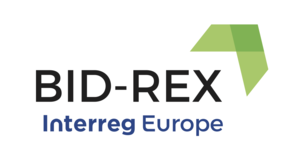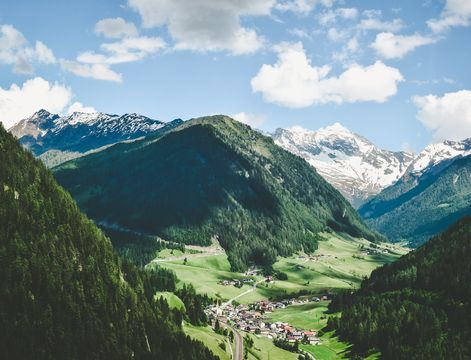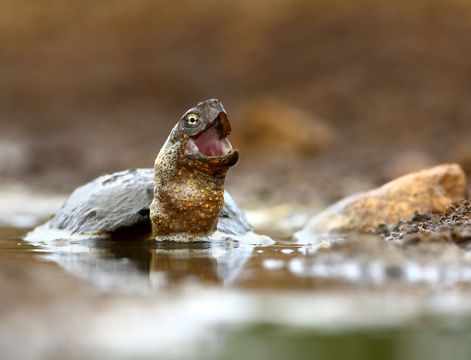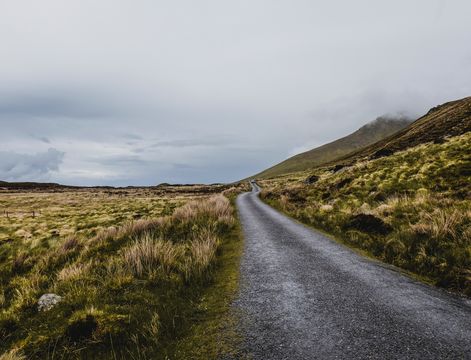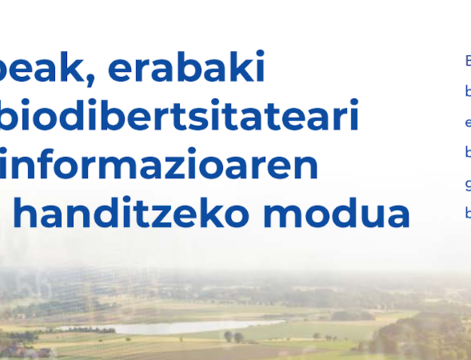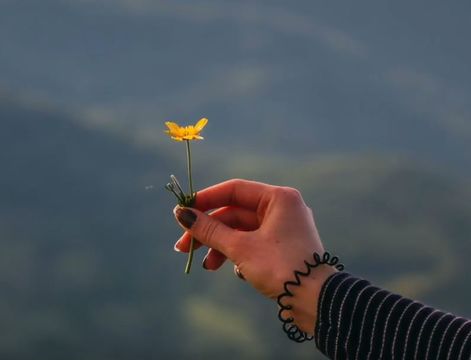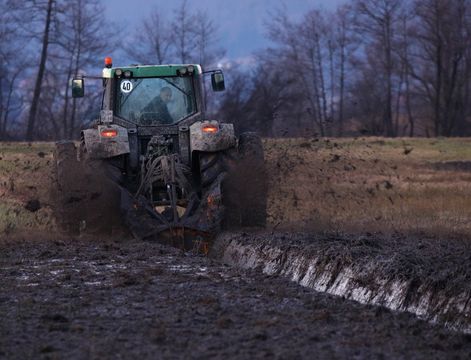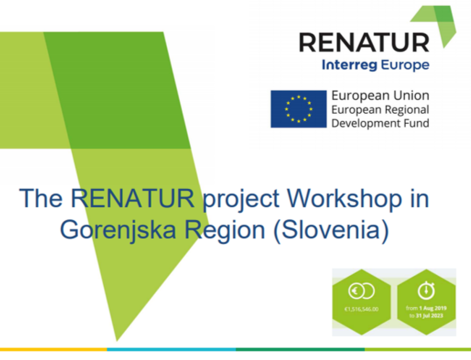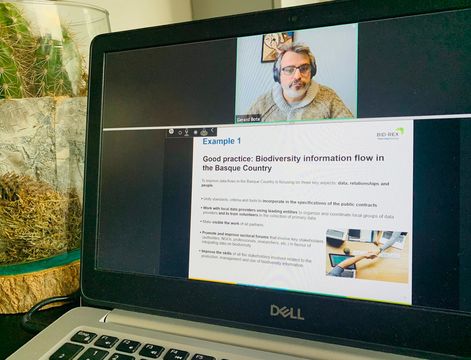On 7 June, technicians from the General Subdirectorate of Biodiversity of the Government of Catalonia organised an internal seminar: “The information on biodiversity and natural heritage: flows, criteria and tools for a better organisation”.
This informative session aimed to connect Catalan decision makers with the most relevant and current sources of biodiversity information. This is also an objective of the Catalan action plan as a result of the initial analysis of the current state of biodiversity information, decision makers and the ERDF. In order to do this, the current state of play was established and the challenges of ensuring the best information on biodiversity and natural heritage is available to ensure good conservation policies can be made were identified.
The event, held at the Forest Sciences Centre of Catalonia (CTFC), was attended by biodiversity experts from the centre who introduced the BID-REX project and how it linked to the objectives and challenges of the session. A range of tools and sources of biodiversity information were introduced which can be used by decision makers when giving permit and reporting on development activities in Catalonia.

Different tools and sources of biodiversity information were explained during the meeting. These tools and sources should be used by decision-makers when it comes to giving permits and doing reports of activities to be developed in Catalonia. Moreover, technicians were already informed of the need for an instruction to set down what sources of information should be used and how to use them, so that the information generated at the local context can also reach central services in order to update the information on a Catalan scale.
As the BID-REX Catalan Action Plan foresees the creation of the Observatory of Catalan Natural Heritage (as it is already in the future Catalan Strategy for Natural Heritage), the session also served to view the Observatory as a way to facilitate the objectives of the Strategy.
The seminar was divided in two blocks. The first, aimed at establishing the current state of the art, and the turning point that this action involves in the organization. The second block focused on the challenge of having the best information available on biodiversity and natural heritage in order to make good conservation policies.
